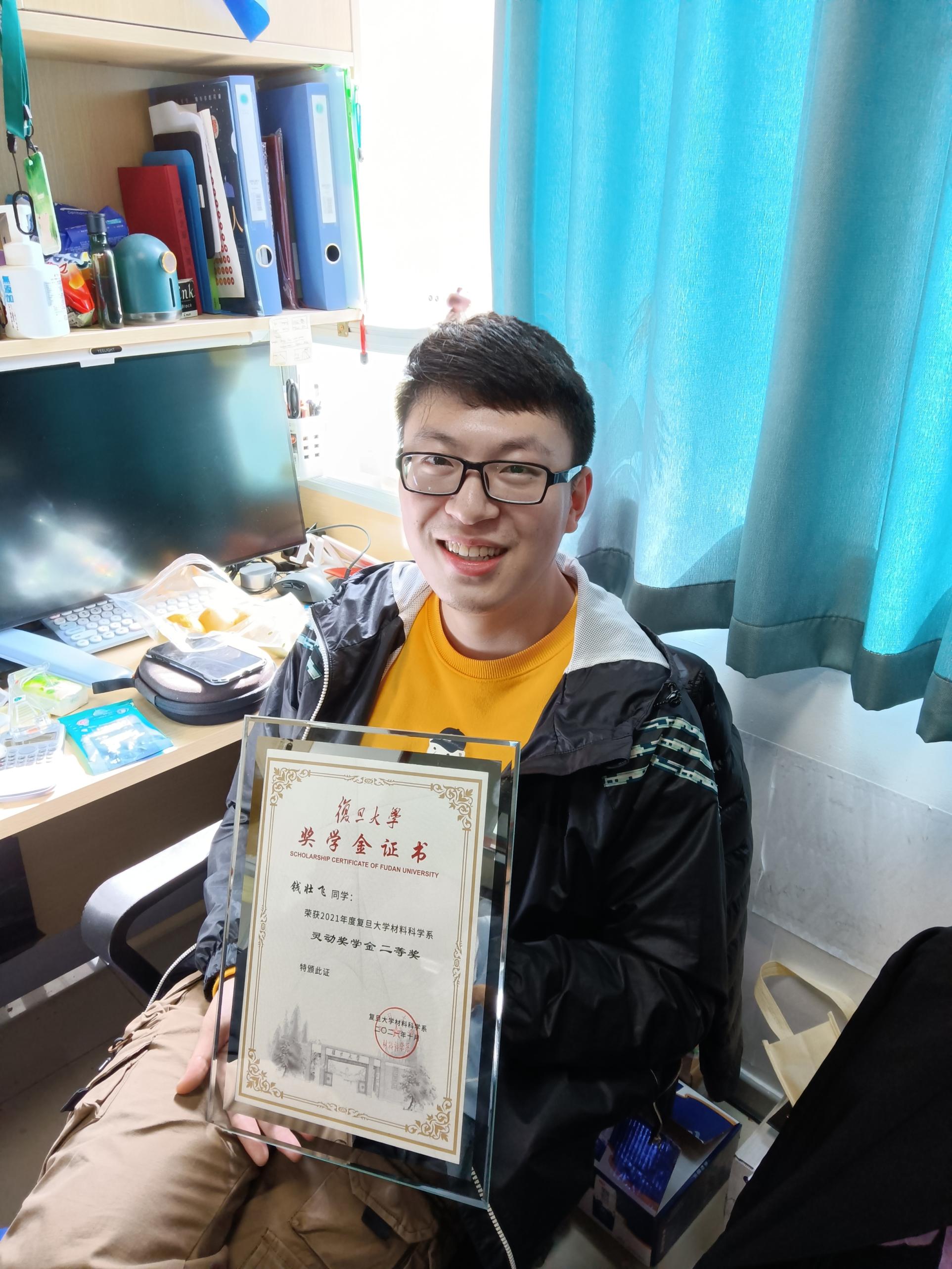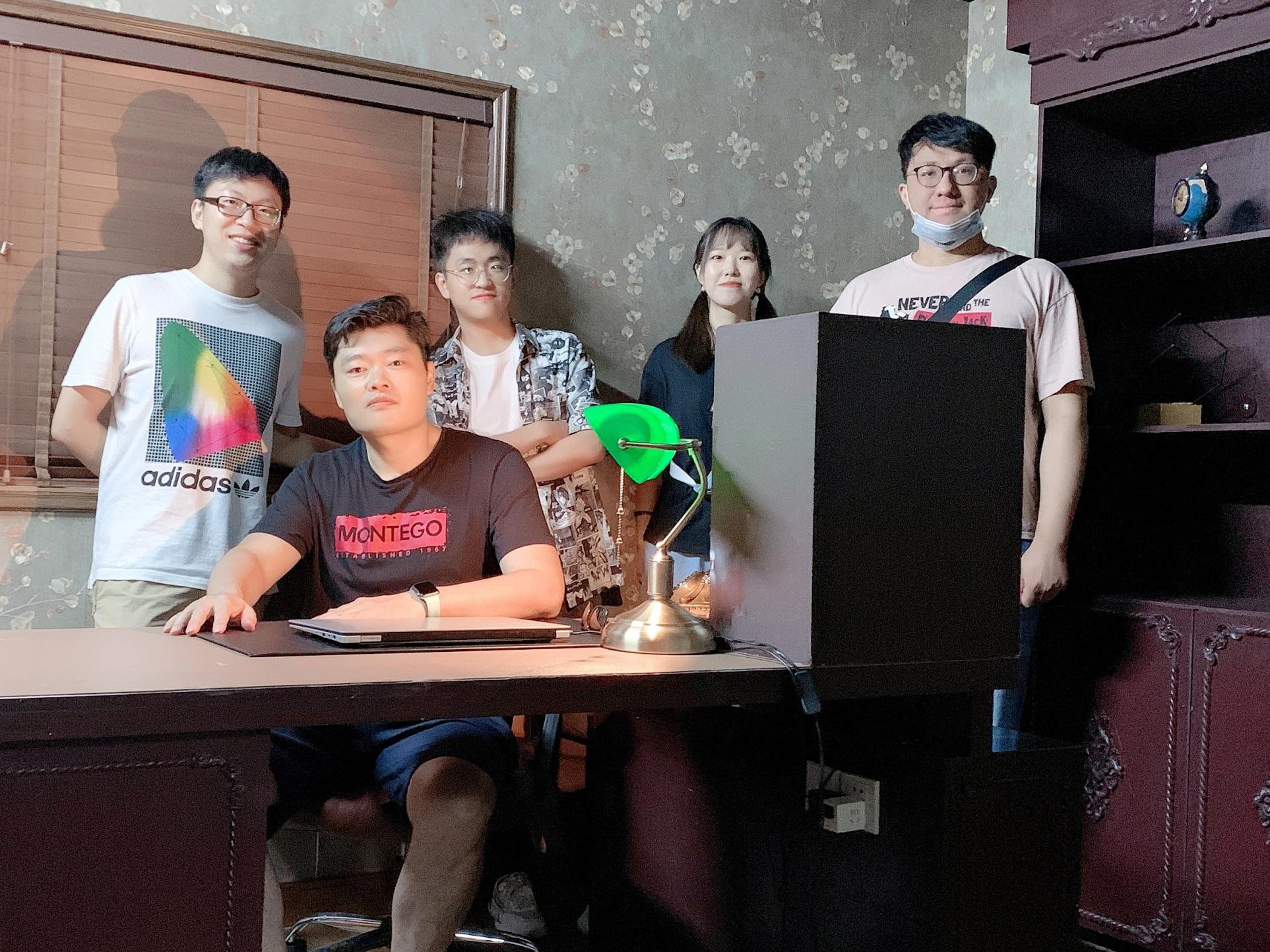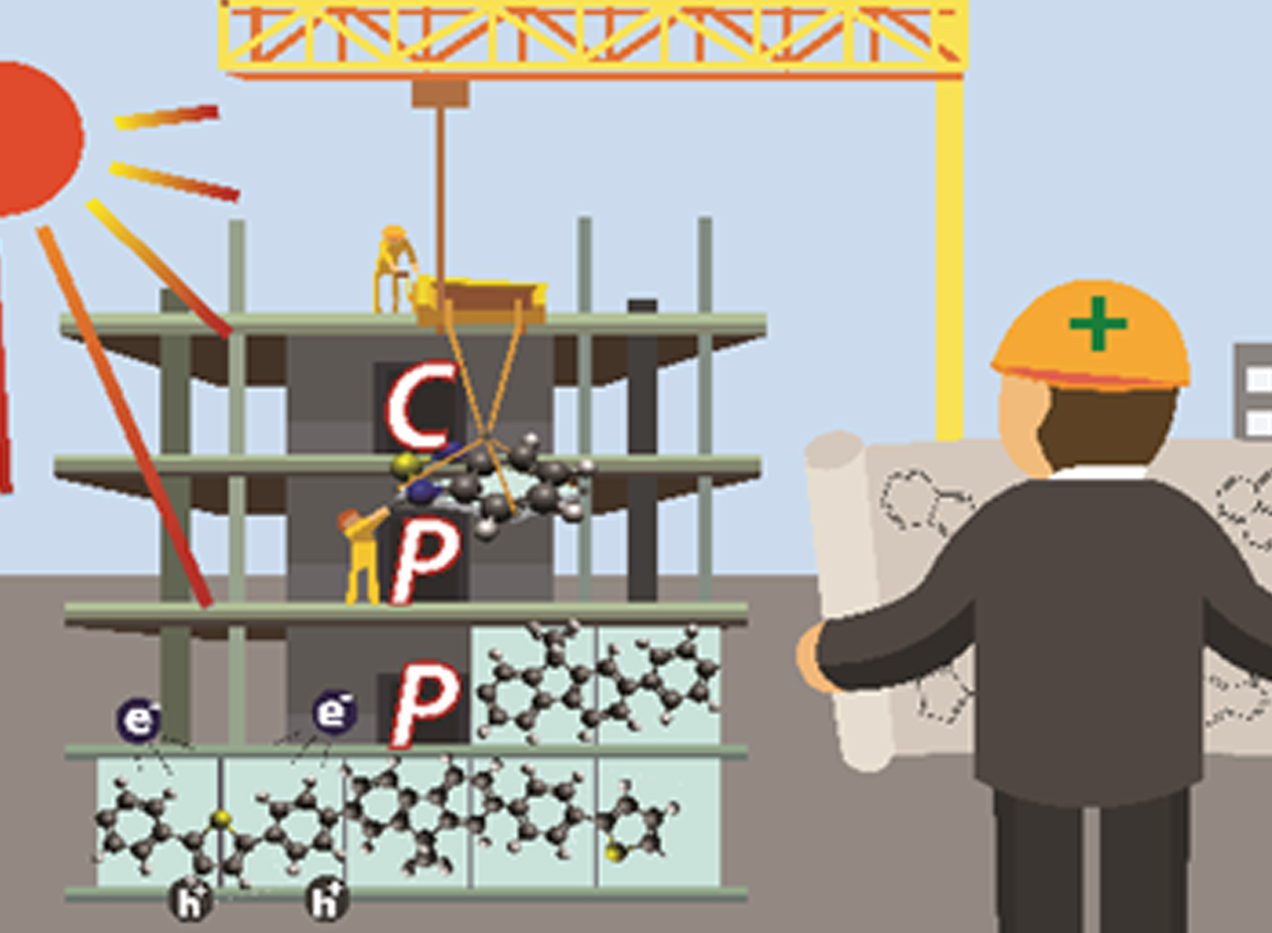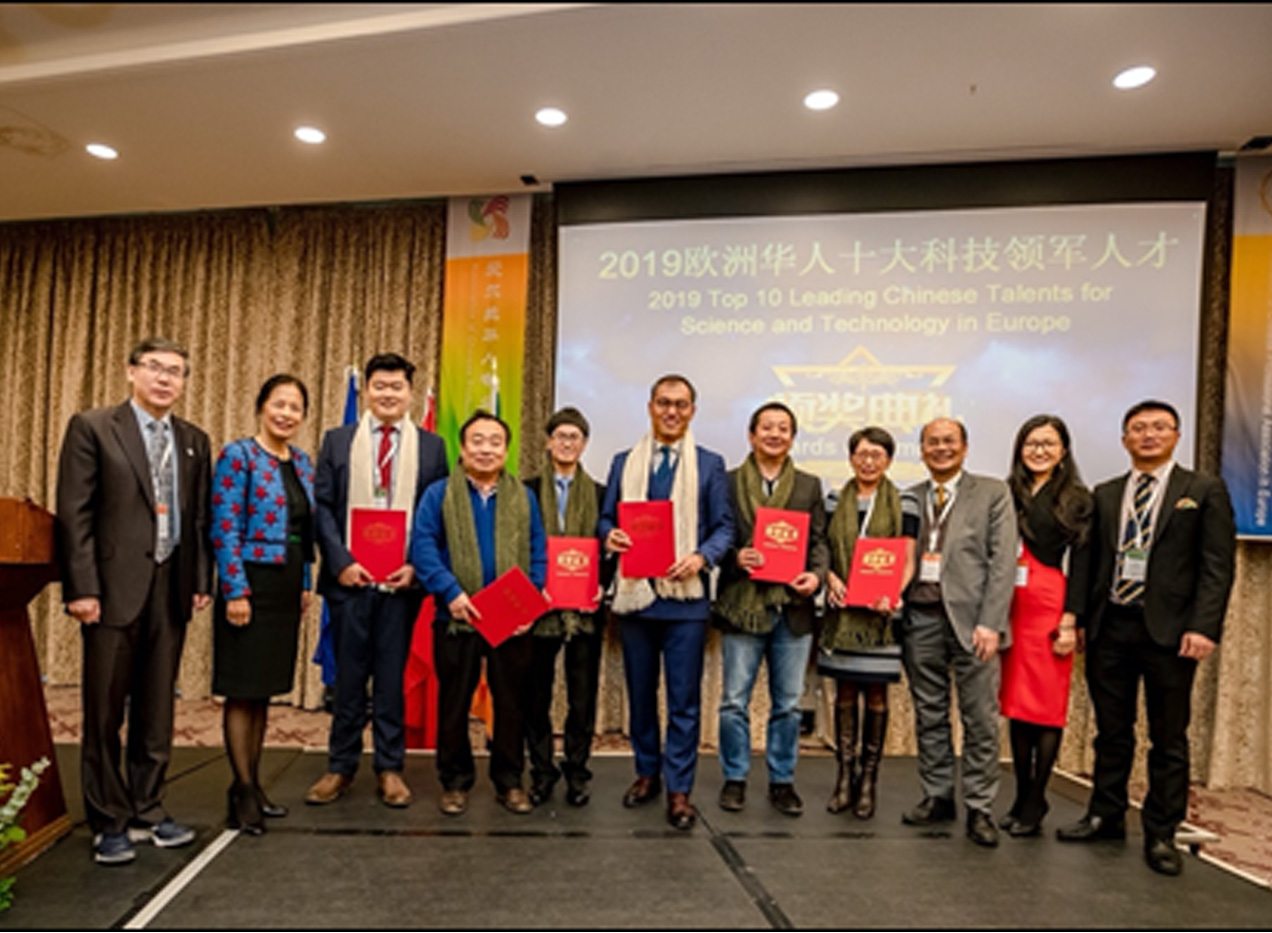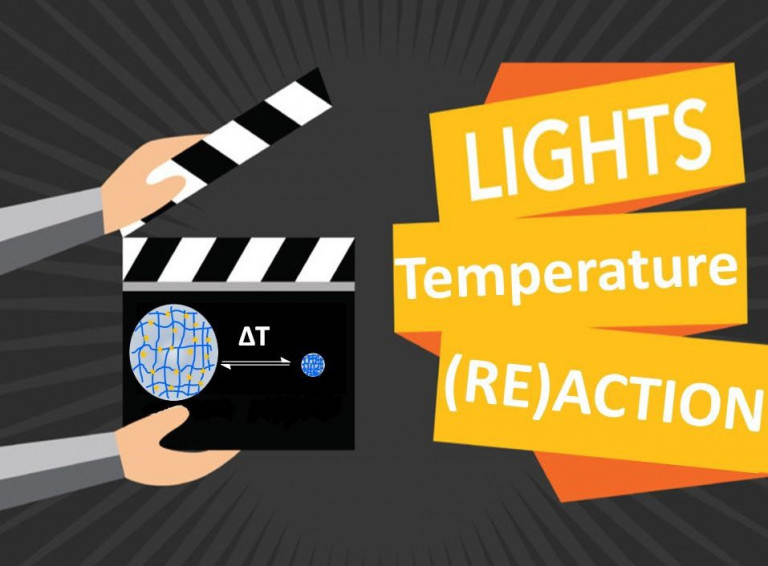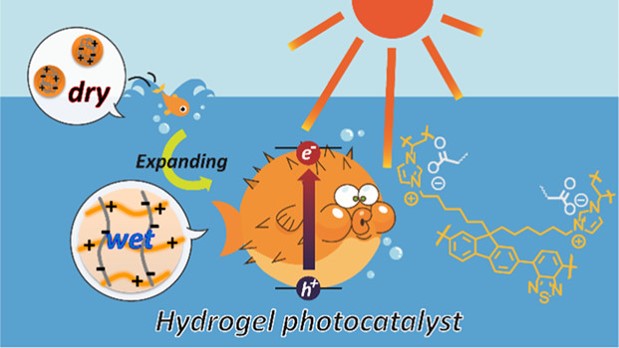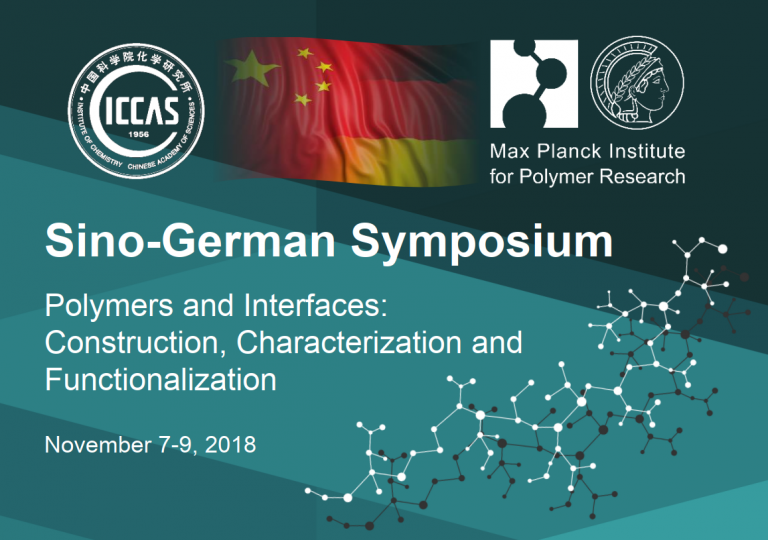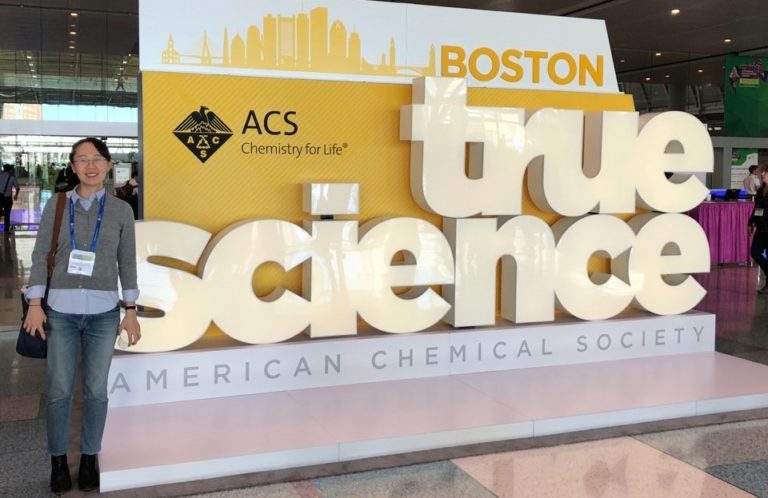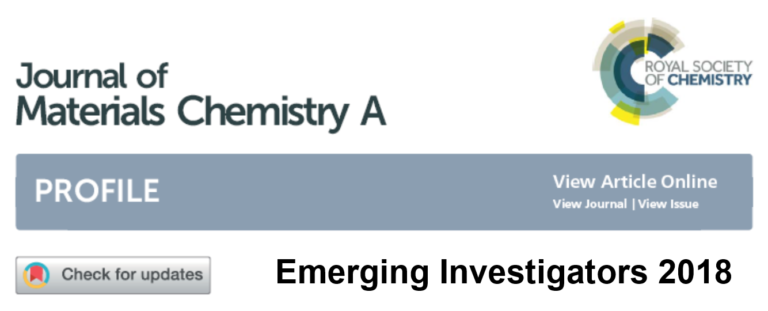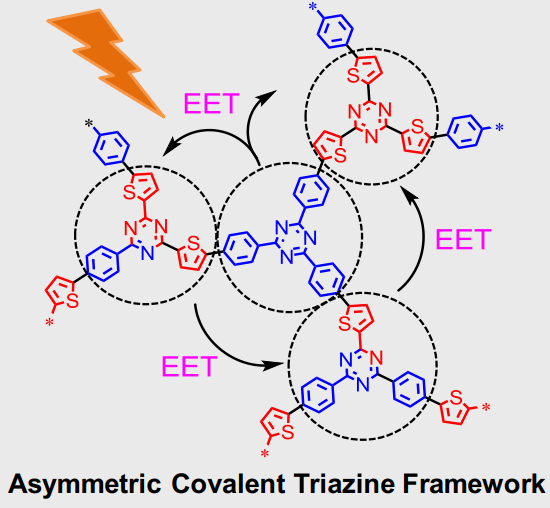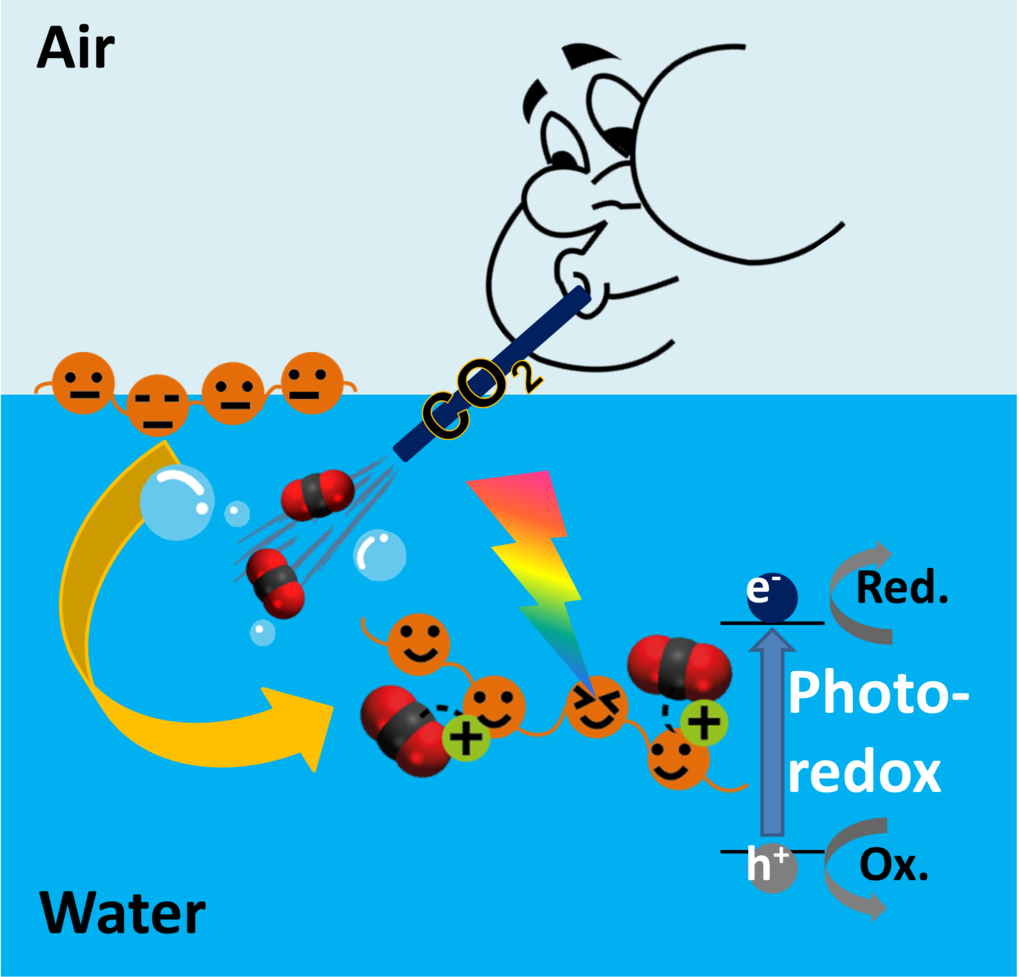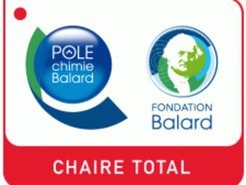Zhuangfei Qian was awarded with the MindMotion Scholarship by the Department of Materials Science Fudan University and MindMotion SoC Solutions. Congratulations Zhuangfei!
Check out our recent review on designing conjugated porous polymers for photocatalysis published in Materials Horizons!
Prof. Zhang was selected as one of the “2019 Top 10 Leading Chinese Talents for Science and Technology in Europe”, congratulations!
Check out Calum’s and Niklas’ new paper on dual-responsive photocatalytic polymer nanogels in Angewandte Chemie!
Check out Jeehye’s new paper “Conjugated Polymer Hydrogel Photocatalysts with Expandable Photoactive Sites in Water” in Chemistry of Materials!
Together with Prof. Jianjun Wang (ICCAS), Kai organized the 2018 Sino-German Symposium which took place at MPIP in Mainz Germany.
Jeehye gave a contributed talk and Kai gave an invited talk at the ACS fall meeting in Boston, USA. It was fun meeting our old friend Samuel Adams again!
August 2018. Kai has been selected as 2018 Emerging Investigator by Journal of Materials Chemistry A, Royal Society of Chemistry (RSC).
Check our contribution with Cyrine‘s new paper “Designing conjugated microporous polymers for visible light-promoted photocatalytic carbon-carbon double bond cleavage in aqueous medium” to the themed collection “2018 Emerging Investigators” in JMCA.
Check our contribution with Cyrine‘s new paper “Designing conjugated microporous polymers for visible light-promoted photocatalytic carbon-carbon double bond cleavage in aqueous medium” to the themed collection “2018 Emerging Investigators” in JMCA.
The construction of complex multiple component semiconductor photocatalyts allows enhanced catalytic efficiency via multiple charge and energy transfer, which mimics the nature photosystems. However, the efficiency of single component semiconductor photocatalysts is usually inhibited due to the fast recombination of the photo‐generated excitons. Here, we report the design of an asymmetric covalent triazine framework as efficient single component organic semiconductor photocatalyst. Four different molecular donor‐acceptor domains are obtained within the network, leading to an enhanced photogenerated charge separation via intramolecular energy transfer cascade. The superior photocatalytic efficiency of the asymmetric covalent triazine framework over its symmetric counterparts was demonstrated via the visible light‐driven formation of benzophosphole oxides from diphenylphosphine oxide and diphenylacetylene.
Water-compatibility of heterogeneous photocatalysts has been pursued for energy and environmental applications. However, there exists a trade-off between hydrophilicity and recyclability of the photocatalyst. MPIP researchers have designed a conjugated polymer photocatalyst with tertiary amine terminals that reversibly binds CO2 in water, generating a switchable hydrophilicity. The CO2-assisted hydrophilicity boosted up the photocatalytic efficiency in aqueous medium with minimum dosage. When CO2 was desorbed, the photocatalyst could be simply regenerated from reaction media, facilitating the repeated use of photocatalyst. The hydrophilicity/hydrophobicity control of the polymer photocatalyst has successfully showcased through a variety of organic photo-redox reactions under visible light irradiation in water.
December 2015. The Fondation Ballard was established to enhance higher education and academic cooperation in Chemistry in southern France. The guest professorship “La chaire TOTAL de la Fondation Ballard” was created with financial support of TOTAL, to invite “internationally renowned scientists from outside France to perform research and teaching and to establish future exchanges and collaborations between the invited professor and host university.”
Kai is one of this year’s laureates to visit the Institute Charles Gerhardt at the University of Montpellier, France in December 2015. This institute is a flagship institution of the Centre National de la Recherche Scientifique (CNRS) particularly active in macro/supra-molecular chemistry, self-organization, hybrid materials and fundamental electrochemistry.
Kai is one of this year’s laureates to visit the Institute Charles Gerhardt at the University of Montpellier, France in December 2015. This institute is a flagship institution of the Centre National de la Recherche Scientifique (CNRS) particularly active in macro/supra-molecular chemistry, self-organization, hybrid materials and fundamental electrochemistry.

